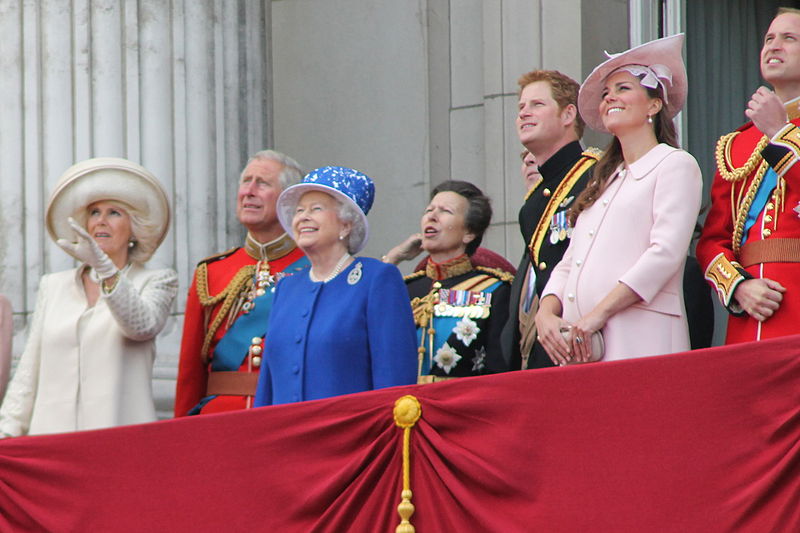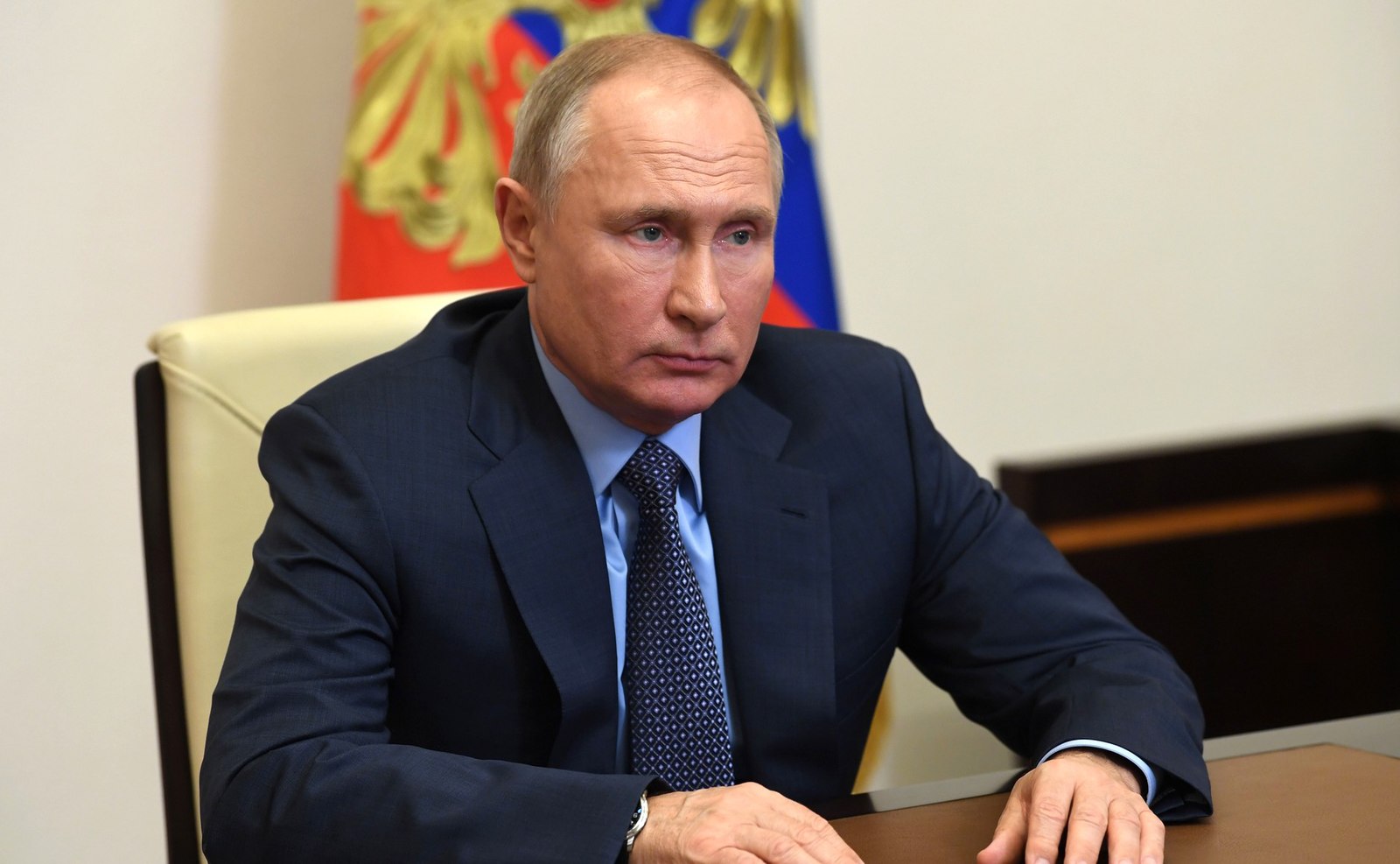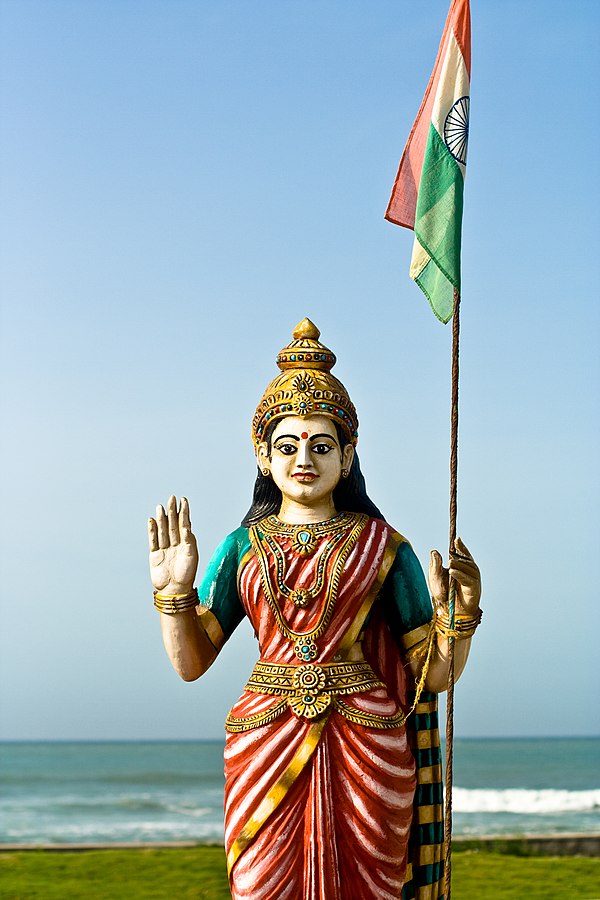In this article, Upasana Dandona discusses the historiography of the gender violence surrounding the Indo-Pak partition in 1947. Dandona shows that existing literature discussed a dual marginalization of all women involved: they faced sexual violence and abductions during the conflict, and a subsequent alienation from their families and governments. While literature exists on the topic, it tends to only focus on specific classes of women and regions. Additionally, what remains absent from work is the authentic voices of the women themselves.
Introduction and literature review
The partition of British India in 1947 divided the Indo-Pak subcontinent into broken clusters of different nation-states, then defined by their religious compositions. These events of 1947 were initially portrayed as inevitable by the intellectuals and scholars who began researching on and writing about the partition. [1] However, they, while doing so, completely overlooked the demographic who suffered the most — the women, whether Hindu, Muslim, or Sikh; an issue that was later tackled by feminist researchers. Like most other historical events involving war and conflict, the 1947 partition reveals how women’s bodies become symbols representing the nations in conflict, causing the states to lay control over them to regulate them. [2]
Among the many academics, essayists, and researchers who have written extensively about the women survivors of partition are Ritu Menon, Kamla Bhasin, Urvashi Butalia, and Veena Das. To begin with, Butalia is among the most popular feminist partition scholars whose notable book, The Other Side Silence (1998) includes the first-hand narratives of numerous individuals from minority communities revealing their horrendous lived realities of forceful marriage, sexual assault, and other forms of exploitation. Similarly, Ritu Menon and Kamala Bhasin’s book, Borders and Boundaries (1998), though less popular than Butalia’s, is also centred around the memoirs and testimonies of women. Veena Das, on the other hand, as a historical anthropologist, has examined historical records to write essays on the post-partition discriminatory government policies of India.
It is, however, important to understand how most discussions in such writings are usually centred around the partition of Punjab and West Pakistan, thus leaving out Bengal and East Pakistan altogether. Additionally, writers like Butalia often tend to overlook the experiences of lower-caste Indian and Pakistani women who suffered the most during partition. This article, while talking about women survivors as a broad category, will peruse the research produced by the aforementioned feminist scholars, among other academics such as Paola Bacchetta and Tanika Sarkar. Thus, their subjects, research participants, and geographical areas of focus must be kept in mind throughout. The aim of this essay is to enunciate why the partition violence was gendered and how the Inter-Dominion Treaty furthered the human rights violations faced by women.
The Gendering of Communal Violence Across the Border and Its Implications
When Punjab was partitioned, the number of people displaced within the state were around 12 million with a total of 20 million across the entire subcontinent. [3] This caused one of the greatest displacements of human populations in the 20th century with the religious identities of all refugees becoming their most significant identity marker — it decided which country they would be allowed to live in. Consequently, the Muslims were forced to migrate to East and West Pakistan and the Hindus and Sikhs — commonly categorised as either Hindus or non-Muslims — to India which lay in between the two.
The migration of the refugees, however, was not a peaceful one; even today, the violence that the Muslim and non-Muslim communities inflicted upon each other in 1947 continues to be compared to the Holocaust due to the number of lives that were lost because of it. [4] Among the sufferers, the ones who were impacted the most were the Hindu, Muslim, and Sikh women. After all, it was the women from both sides of the border who were separated from their families by the men of the other communities, gangraped, and mutilated with ‘Hindustan/Pakistan Zindabad!’ (translated into ‘Long Live India/Pakistan!’) tattooed on their bodies. [5] Historical records suggest that the abduction and sexual violence and faced by the non-Muslim and Muslim women were almost equal in number during the communal attacks. [6] This implies that while those attacking the women could be from different communities, the sufferings of the victims remained very much the same.
Since gendered violence during partition was influenced by the religious identities of the women at the receiving end, they came to be viewed as symbols representing their religious communities. Paola Bacchetta accentuates that violence against women during conflicts is the “gendering and sexualising of inter-male relations of domination and subordination.” [7] This can be used to understand that the barbarities against a woman from a certain community, during 1947, would ultimately be viewed as the “feminisation” of her male family members, thus bringing out the latter’s inability to protect their women who symbolised their communities and the nation they belonged to. Acts of rape were also aimed towards both physically and figuratively damaging the integrity of the women’s bodies by directly appropriating their reproductive powers. [8]
In order to cope with the gendered savagery, the governments of India and Pakistan collectively decided to establish their control over women’s bodies, just as the non-Muslim and Muslim men had done before them. The two governments, on the 6th of December 1947, signed the Inter-Dominion Treaty to forcefully recover or rather, reclaim all the women who had been separated from their families during partition. In this process, the Hindu and Sikh women in Pakistan were to be “returned” to their communities in India and the Muslim women in India to Pakistan. For this, numerous women social workers such as Anis Kidwai, Bhag Mehta, Damyanti Sahghal, Kamlaben Patel, Premvati Thapar, Rameshwari Nehru, Sushila Nayyar were tasked with recognising the abducted women and aiding their rehabilitation. [9]
The “Abducted Women” and their resistance towards the Inter-Dominion Treaty
Contrary to how the governments of the two nations expected the women to behave, many of them simply refused to comply with the social workers. Anis Kidwai, in one of her memoirs, talked about how hundreds of girls in Delhi who were labelled as “abducted women” would get into aggressive fights with the authorities while refusing to return to Pakistan because they did not expect their families to support them after the violence they had faced. [10] Another social worker, Durgabai Deshmukh once stated that a woman survivor begged them to not send her back as the members of her community would end her life. [11]
A common reasoning provided by most women for their refusal was that their sexual involvement — whether non-consensual or consensual — with men of different communities would cause their families to view them as impure and soiled. Thus, accepting them back would indicate the dilution of their own community’s purity. It must, however, be noted that in such cases, it was much easier for Muslim women to be accepted back into their families than it was for Hindu women because of how much Hindus stigmatised sexual violence while considering abused women to be “improperly sexual.” [12]
Alongside that, some women also appeared reluctant to be “returned” because of how intimidated they felt while having to appear in courts and provide statements about their abductors. Since most of them had hardly ever stepped out of their homes to make public appearances, it was difficult for them to remain honest without feeling threatened. [13] In such cases, these women were unable to voice their willingness to be sent back to their homes. Of course, there were quite a few who had developed a genuine attachment towards their abductors. However, sometimes, this was also the case because the women, after being sexually violated by multiple men, would feel grateful towards their rescuers who were, at times, themselves among the abusers. [14]
The noncompliance of women and their refusal to return would usually be attributed to “false consciousness” by those who were in direct communication with them. The social workers would also go on to silence the abducted women while constantly reminding them that their abductors were the ones who had murdered the men in their families. [15] This would often perplex the women and cause them to continually dwell on their past — something that hampered their abilities to forget all the tragedies they had suffered and focus on building new lives for themselves.
Moreover, feminist partition scholars often argue that the women ought to have had a say in decisions impacting their lives without being coerced and manipulated by the social workers in any way. The forceful recovery, thus, violated the constitutional and fundamental rights of the women in question because it disallowed them to partake in adjudications that affected them directly. Their resistance, thus, became a way for them to assert their own citizenships. [16]
If all these complications are thoroughly analysed, an important question that arises is why the two nations mandated the recovery of abducted women. The response to this is the same as to why those women were abused in the first place — they symbolised their communities and nations. In fact, as mentioned previously, the families that the women belonged to became synonymous with their nations because the former ultimately stood for their religious identities — something that impacted citizenship during 1947. [17] As Ritu Menon claims, the missing women were, at the end of the day, “missing members of religious and cultural communities.” [18] Furthermore, the women were valued for their abilities to reproduce more individuals of and for the religious communities they belonged to. The purpose of their return, thus, was not a sentimental reconciliation between them and their families, but rather a means for the nations to strengthen their cultural compositions.
Conclusion
Most partition scholars have differing views on the rules set out under the Inter-Dominion Treaty and how they were implemented. While Butalia, as a partition inheritor herself, remains entirely neutral while discussing whether or not the forceful recovery of abducted women should have been mandated, Das, in her essays, strongly condemns the independent nation-states for dismissing the agencies of women. Even historian Gyandendra Pandey takes a stance similar to Butalia’s in his writings while reiterating the dilemmas of social workers like Anis Kidwai who dealt with the women who had been separated from their families. Yet, what remains missing from these writings are the actual, authentic voices of the abducted women. An example of that is evident in The Other Side of Silence (1998) in which an entire section is dedicated to the valorisation of social worker Damyanti Sahgal who pressures a young woman to return her family despite her unwillingness to do so. Instead of attempting to delve deeper into the psychology of that woman, Butalia solely highlights Sahgal’s antagonisation of the victim for being aggressive and contumacious.
Nonetheless, something that scholars — whether South Asian or Western — agree on is that the India-Pakistan partition caused humankind to witness brutalities that to date remain incomparable to any other. In the words of Mushirul Hasan, “Partition’s impact on the individual and the collective psyche of the two nations is too deep-seated to be wished away.” [19] While many of the displaced refugees could eventually reestablish themselves in their new homes and recover financially, the women who faced violence continued to live with the traumas they were forced to endure — first by the men of the other communities and then by the nation-states they found themselves in after partition.
Featured Image: Women refugees in the Kingsway refugee camp in 1947. Courtesy of Wikimedia.
[1] The following article on the University of Oxford’s Faculty of History page discusses how the 1947 partition is often interpreted and represented: https://www.history.ox.ac.uk/why-was-british-india-partitioned-in-1947-considering-the-role-of-muhammad-ali-0
[2] An example of this can be the sexual violence faced by the women who experienced and survived the Holocaust. More can be found about the same here: https://www.boell.de/en/2020/05/18/sexual-violence-holocaust-perspectives-ghettos-and-camps-ukraine
[3] Zamindar, Vazira Fazila-Yacoobali. The Long Partition and the Making of Modern South Asia: Refugees, Boundaries, Histories. Columbia UP, 2007.
[4] More can be read about the parallels that are often drawn between the partition and the holocaust in this article published by The New Yorker: https://www.newyorker.com/magazine/2015/06/29/the-great-divide-books-dalrymple#:~:text=In%20Punjab%20and%20Bengal%E2%80%94provinces,were%20then%20disfigured%20or%20dismembered.
[5] Bacchetta, Paola, et al. “Reinterrogating Partition Violence: Voices of Women/Children/Dalits in India’s Partition.” Feminist Studies, vol. 26, no. 3, JSTOR, 2000, p. 566. https://doi.org/10.2307/3178640.
[6] Sarkar, Tanika. “Special Guest Contribution: Is Love Without Borders Possible?” Feminist Review, vol. 119, no. 1, SAGE Publications, July 2018, pp. 7–19. https://doi.org/10.1057/s41305-018-0120-0.
[7] Bacchetta, Paola, et al. “Reinterrogating Partition Violence: Voices of Women/Children/Dalits in India’s Partition.” Feminist Studies, vol. 26, no. 3, JSTOR, 2000, p. 566. https://doi.org/10.2307/3178640.
[8] Menon, Jisha. “Rehearsing the Partition: Gendered Violence in Aur Kitne Tukde.” Feminist Review, vol. 84, no. 1, SAGE Publications, Oct. 2006, pp. 29–47. https://doi.org/10.1057/palgrave.fr.9400299.
[9] Butalia, Urvashi. “Community, State and Gender on Women’s Agency During Partition.” Economic and Political Weekly, vol. 28, no. 17, 1993, pp. 12–21.
[10] Pandey, Gyanendra. “The Prose of Otherness.” Essays in Honour of Ranajit Guha, Oxford UP, 1994, pp. 188–221.
[11] Das, Veena. “The Figure of the Abducted Woman: The Citizen as Sexed.” Fordham University Press eBooks, 2006, pp. 427–43. https://doi.org/10.5422/fso/9780823226443.003.0023.
[12] Bacchetta, Paola, et al. “Reinterrogating Partition Violence: Voices of Women/Children/Dalits in India’s Partition.” Feminist Studies, vol. 26, no. 3, JSTOR, 2000, p. 566. https://doi.org/10.2307/3178640.
[13] Pandey, Gyanendra. “The Prose of Otherness.” Essays in Honour of Ranajit Guha, Oxford UP, 1994, pp. 188–221.
[14] Butalia, Urvashi. “Community, State and Gender on Women’s Agency During Partition.” Economic and Political Weekly, vol. 28, no. 17, 1993, pp. 12–21.
[15] Das, Veena. “The Figure of the Abducted Woman: The Citizen as Sexed.” Fordham University Press eBooks, 2006, pp. 427–43. https://doi.org/10.5422/fso/9780823226443.003.0023.
[16] Menon, Ritu. “Do Women Have a Country?” From Gender to Nation, edited by Rada Iveković and Julie Mostov, Kali for Women, 2004, pp. 43–62. jan.ucc.nau.edu/~sj6/ritumenondowomenhavenation.pdf.
[17] Butalia, Urvashi. “Community, State and Gender on Women’s Agency During Partition.” Economic and Political Weekly, vol. 28, no. 17, 1993, pp. 12–21.
[18] Menon, Ritu. “Do Women Have a Country?” From Gender to Nation, edited by Rada Iveković and Julie Mostov, Kali for Women, 2004, pp. 43–62.
[19] Hasan, Mushirul. “Partition Narratives.” Social Scientist, vol. 30, no. 7/8, JSTOR, July 2002, p. 24. https://doi.org/10.2307/3518150.





